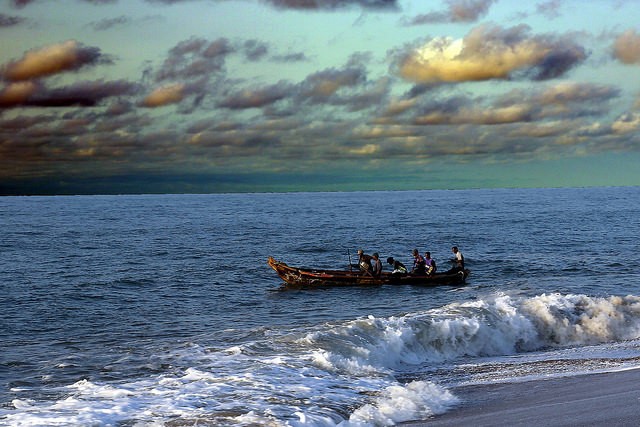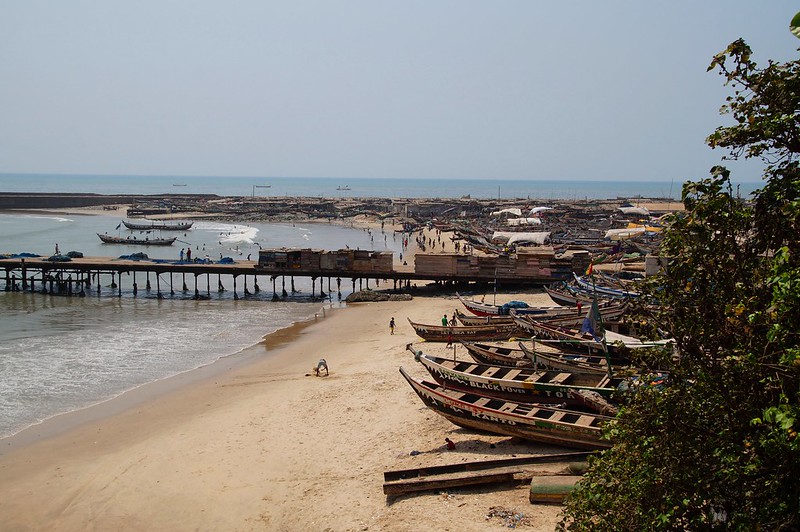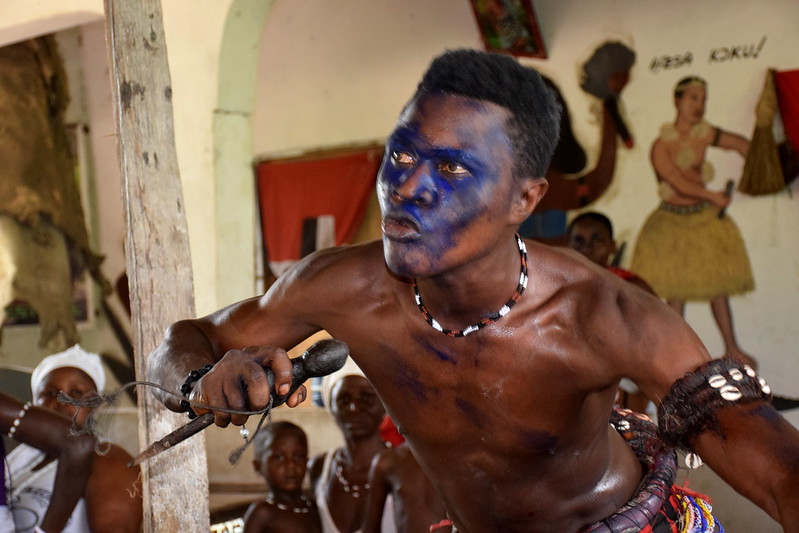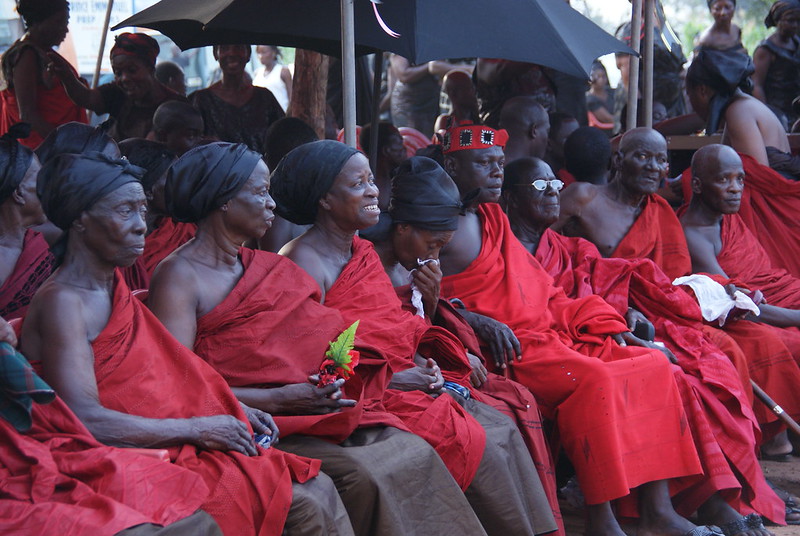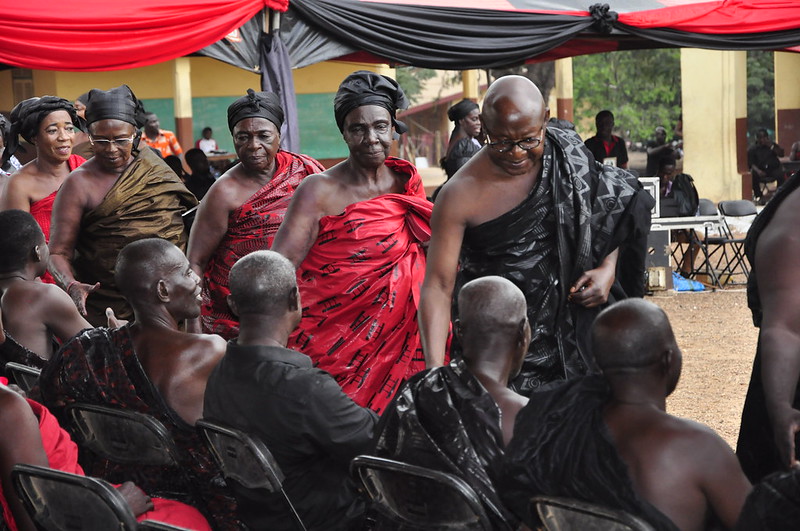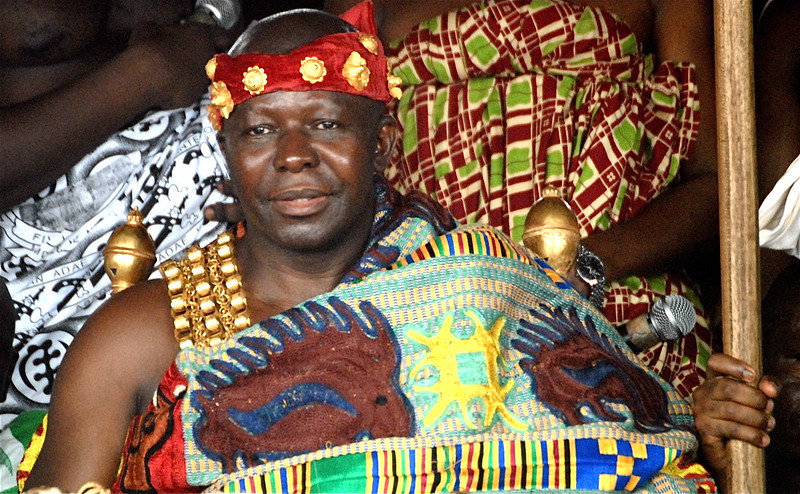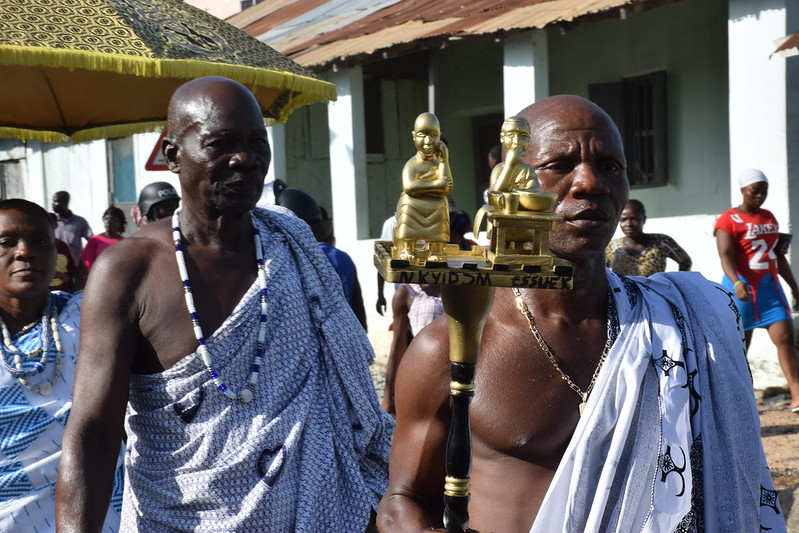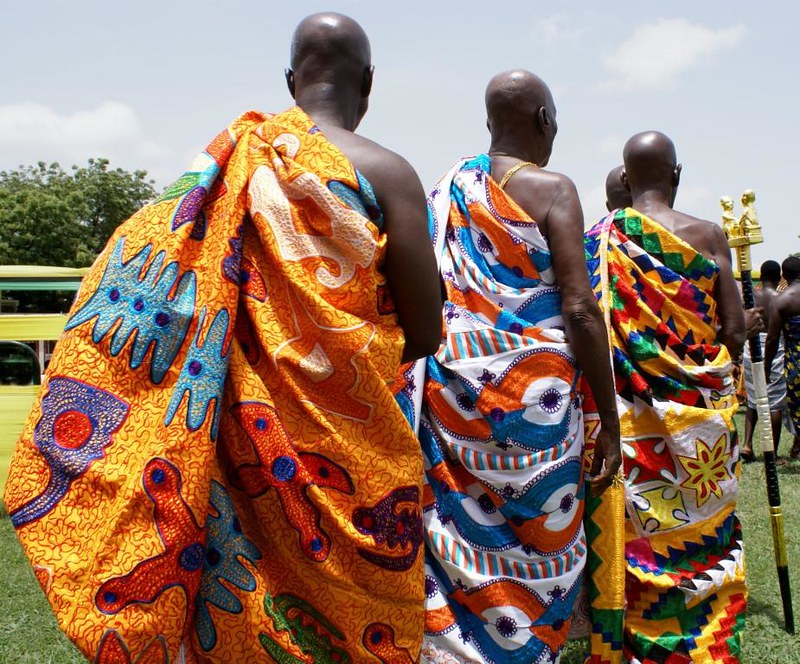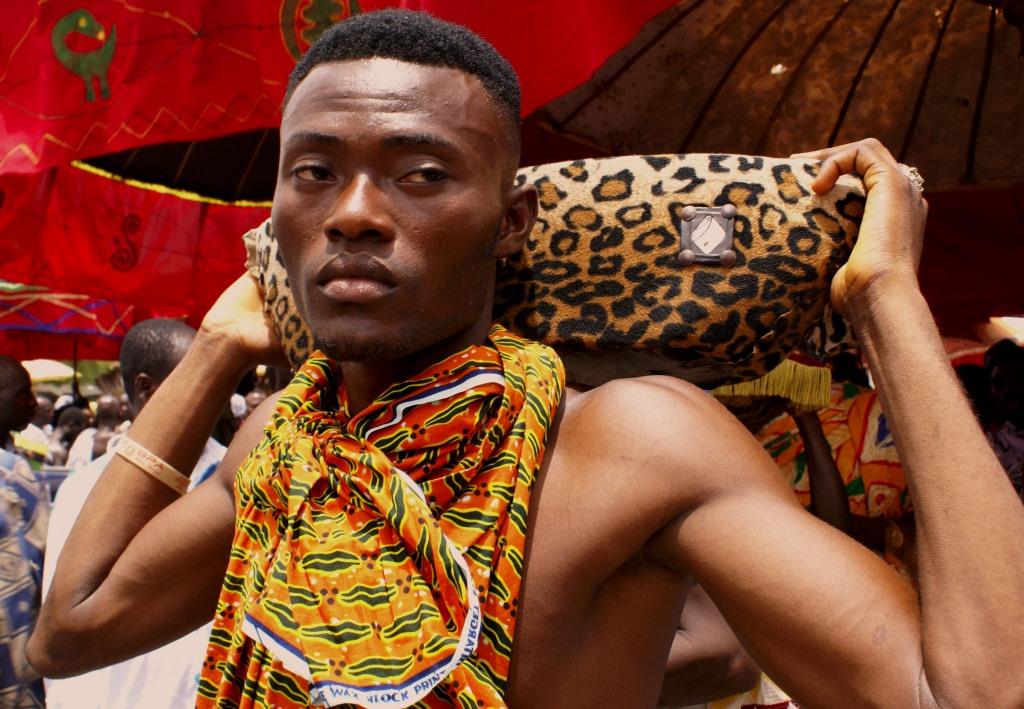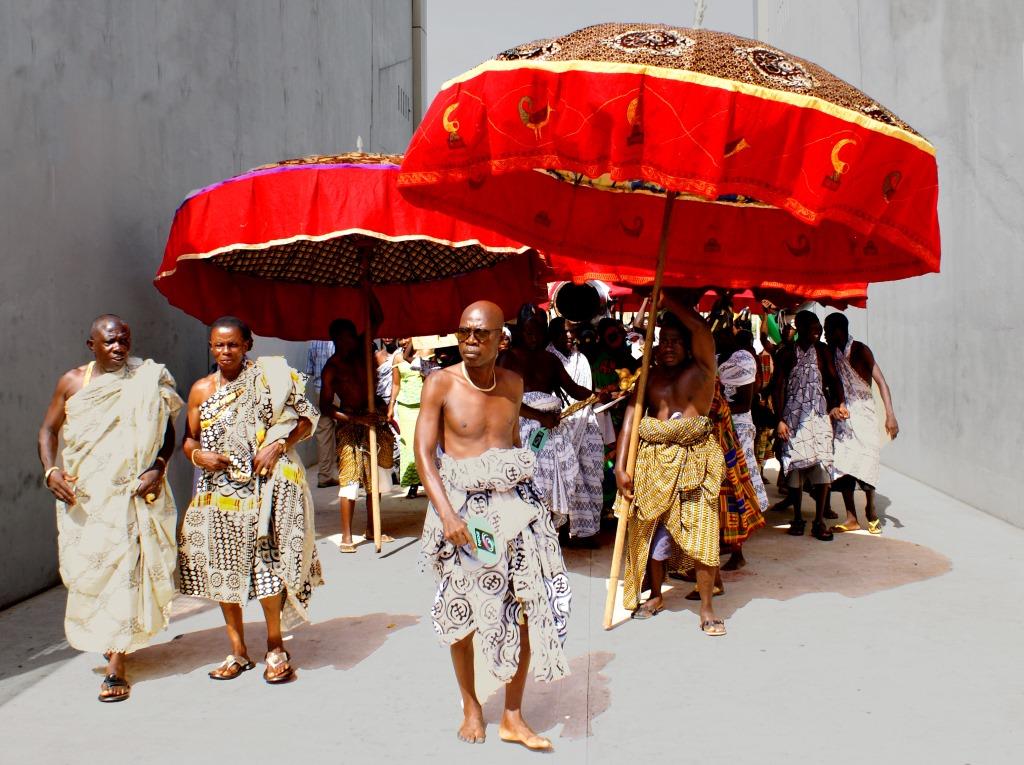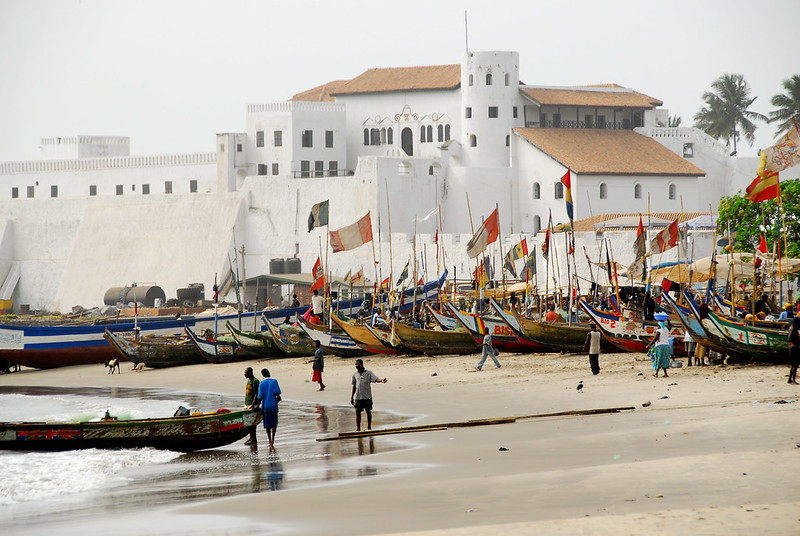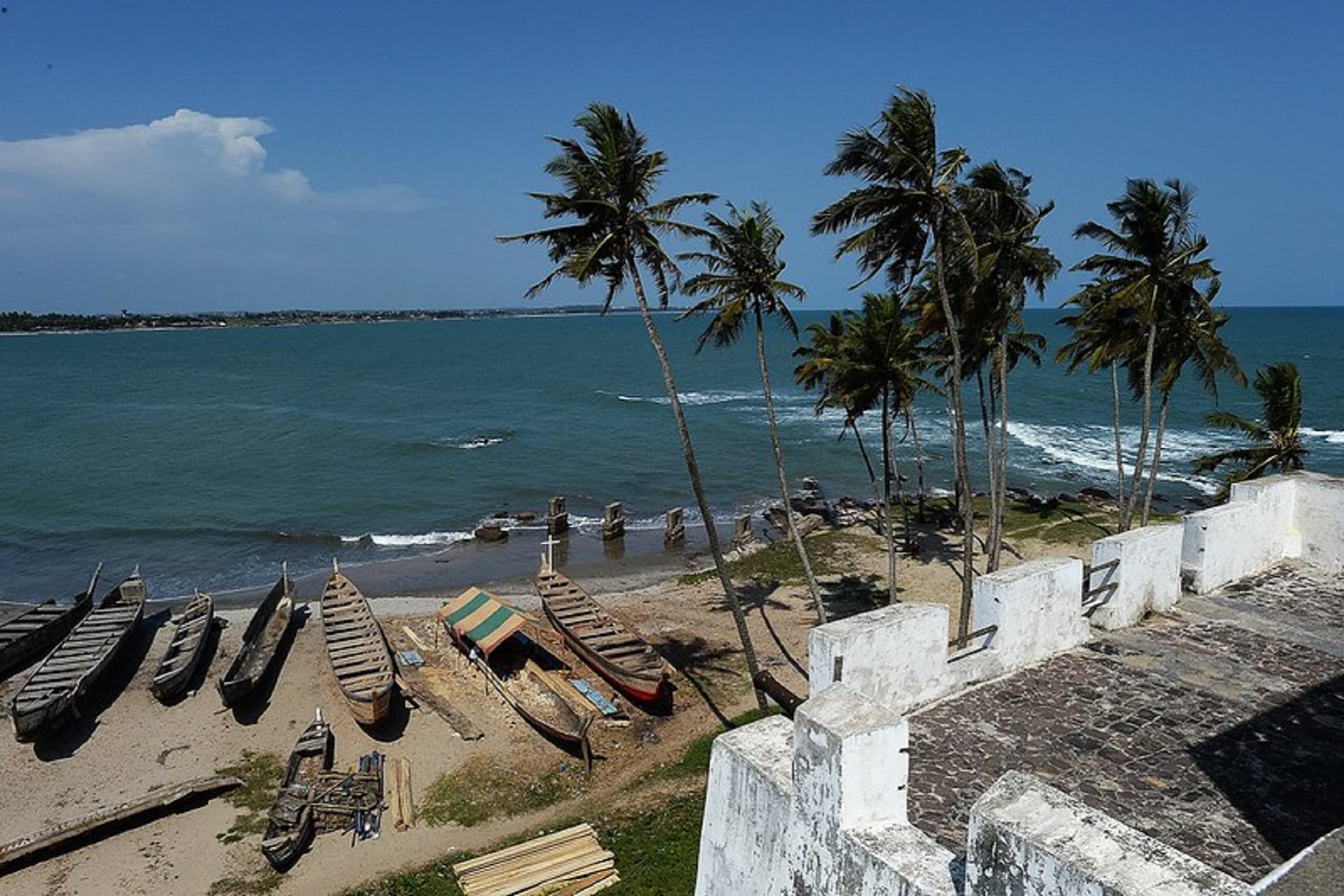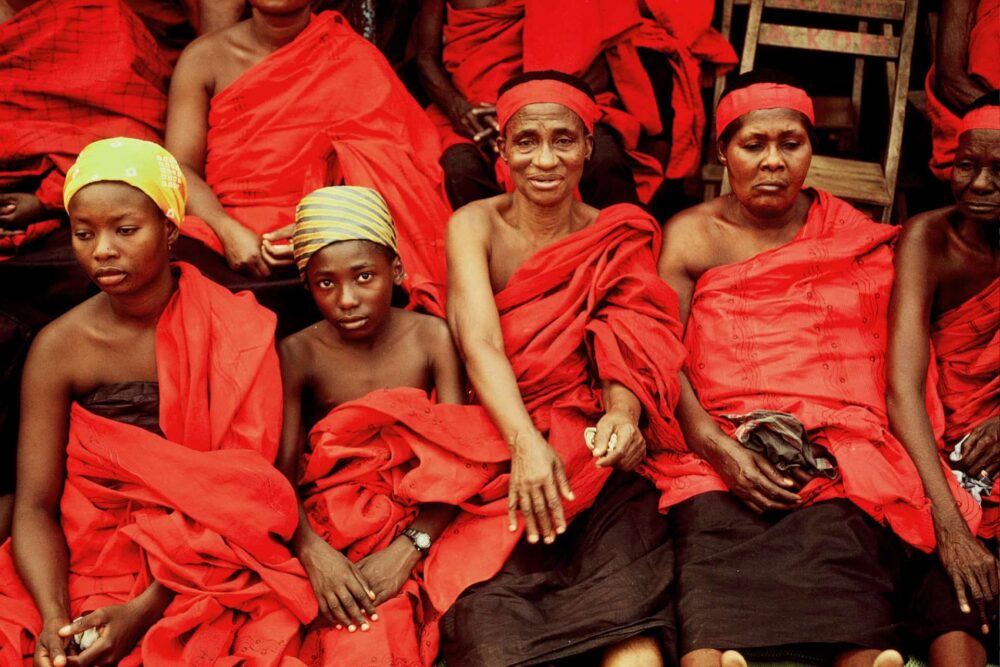Description
GHANA
Join this tour to Ghana and be filled with intense emotions:
– visit Accra, African booming metropolis;
– be surprised by a real voodoo celebration;
– discover how the Krobo people make their worldwide famous glass beads, attend an Ashanti Funeral and experience the strangely happy atmosphere surrounding the whole ceremony, wander around the stalls of the largest open market in Africa, letting yourself be overwhelmed;
– by the incredible variety of goods and quantity of different smells and colors;
-attend an amazing royal festival in Ashanti kingdom;
-experience the emotional visit of the castles dating back to the slave trade.
Emotions, amazement, and surprise are some of the feelings you will experience each day of your tour.
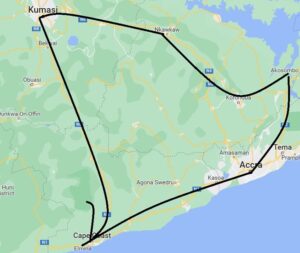
DAY 1: ACCRA, GULF OF GUINEA – GHANA
Arrival in Accra (Ghana) and transfer to the hotel.
DAY 2: AFRICAN METROPOLIS, from Accra to Akosombo (120 km – driving time 3 hr)
Accra, the capital of Ghana, has kept its unique identity despite the fast-paced development of the last decades with is modern buildings and large avenues. The luxuriant administrative area, punctuated with elegant villas built during the first half of the 19th century, reminds us that this was the most flourishing British colony in West Africa.
We explore James Town historic neighbourhood, inhabited by the Ga people. Facing the ocean, this is where the daily life of local people fully unfolds: a village surrounded by the city! Here economic activities follow very different rules from the ones governing the city, just a few hundred meters away. We continue with the visit of a workshop that specializes in Fantasy Coffins. These unique handcrafted coffins can reflect any shape: fruits, animals, fish, cars, airplanes, etc., the only limit being imagination! Started in Accra, these flamboyant coffin designs are by now collected worldwide and showcased in museums.
DAY 3: VOODOO, Akosombo
We are in the land which is the cradle of voodoo. In a village, we will join a Voodoo ceremony: the frenetic rhythm of the drums and the chants of the adept’s help calling in the voodoo spirit who then takes possession of some of the dancers. They fall into a deep trance: eyes rolling back, grimaces, convulsions, insensitivity to fire or pain. Sakpata, Heviesso, Mami Water are just some of the voodoo divinities who can show up. In this narrow village, surrounded by the magic atmosphere of the ceremony, we will finally understand what people mean when they say: “In your Churches you pray God; in our voodoo shrine we become God!”Continuation to the region of the Krobo people.
The area of Krobo is famous all around the world for its beads. Here they are produced and used for cults and aesthetic purposes. We will visit a factory specialized in the production of those beads and even follow the process of making one!
The craftsmen have now been making beads following the same long-lasting traditional technique for centuries. They use scrap glass that they ground into a fine powder. The glass powder is then meticulously made into patterns and placed into hand-made clay moulds covered in kaolin. The beads are cooked, then decorated, washed, and eventually strung.
DAY 4: ASHANTI, from Akossombo to Kumasi (260 km – driving time 5 hr)
Departure in the morning towards Kumasi, with a stop near Ejisu to visit the Temple of Besease, an important place of worshiping for the Ashanti people for over three centuries. Recently restored with the help of the French Cooperation, it represents a particularly beautiful example of traditional Ashanti architecture.
Kumasi is the historical and spiritual capital of the old Ashanti Kingdom. The Ashanti people were one of the most powerful Kingdoms in Africa until the end of the 19th century, when the British annexed Ashanti Country to their Gold Coast colony. The tribute paid today to the Asantehene (=King) is the best evidence of their past splendour and strength. With nearly three million inhabitants, Kumasi is a sprawling town with a unique central market, one of the largest in Africa. Every kind of Ashanti craft (leather goods, pottery, Kente cloth) is found here, along with just about every kind of tropical fruit and vegetable.
The program includes a visit to the Ashanti Cultural Centre: a rich collection of Ashanti artefacts housed in a wonderful reproduction of an Ashanti house. In the afternoon we participate – if available – in a traditional Ashanti funeral, attended by mourners wearing beautifully red or black togas. We say “funerals”, but it means a “festive” celebration: thanks to this ceremony the deceased return as an ancestor and will protect his family. Relatives and friends gather, socialize, and celebrate his/her memory. The chief arrives surrounded by his court under the shade of large umbrellas while drums give rhythm to the dancers whose intricate moves are highly symbolic in war and erotic meanings.
DAY 5: GOLD AND POWER, Kumasi (100 km – driving time 2 hr)
We will visit the Royal Palace Museum, hosting a unique collection of gold jewels worn by the Ashanti court,
If applied, we attend Awukudae festival.
We will experience a great traditional ceremony in one of the last African Kingdoms, which still practices its ancient rituals in full. During the celebration, the Chief sits under a large colourful umbrella, surrounded by dignitaries and elders. The ceremony starts with a procession: attendants bringing gifts, story tellers reciting the deeds of the past Kings, drummers and ivory trumpet players, sword bearers, armed guards, carriers of ostrich feather fans, high fetish priests, and corpulent women dressed in vivid red performing dance with erotic symbolism.
In the afternoon we visit a few nearby villages specialised in weaving the traditional Kente cloth, praised by the socially important people and used to make special ceremonial stools.
DAY 6: SLAVE TRADE CASTLES, from Kumasi to Anomabo (230 km – driving time 5 hr)
In the morning drive back to the coast. The coast of Ghana (formerly known as Gold Coast) has more than 50 ancient forts and castles.
Cape Coast castle was built by the Swedish in 1653. From 1657 to 1664 it changed hands many times as it was conquered by the Danes, the Dutch, the Fanti (a local tribe), the Swedes and finally the British. Today, it hosts a museum on the history of slave trade.
DAY 7: FOREST, from Anomabu to Elmina back to Anomabo (110 km – driving time 3 hr)
A few kilometres north of the coast, in the middle of a rainforest, we will discover the Kakum National Park. This park gives you a great opportunity to observe the forest from above as Kakum has a canopy walk hung high up in the trees. The Kakum canopy walkway is the longest and highest rope bridge in the world. Walking between 120 to 150 feet above the ground, you will enjoy an incredible view of the rain forest. At this height, instead of revealing their trunks, the trees offer a breath-taking view of their canopies and look as if they were trying to touch the sun and sky above.
Then we reach Elmina Castle, the oldest European building in Africa, erected by the Portuguese in the 15th century. At different times the castle has been used as a warehouse to trade gold, ivory, and eventually slaves. The castle we visit today is the result of successive extension works and is recognized as a UNESCO World Heritage site. The old Dutch Cemetery in Elmina goes back to 1806. Outside the castle, there is a spectacular fishing village with lots of large colourful fishing boats – every day these large wooden pirogues conducted by skilled fishermen across strong ocean waves and currents, “fighting” to earn a living. The alleys in the old town have a very lively atmosphere, bringing us back to a time when Elmina was a busy colonial town.
In a neighbour town we will discover the Posuban, shrines of the Asafo companies where the Asafo warriors still pour libations.
DAY 8: GOLDEN BEACHES, from Anomabo to Accra (155 km – driving time 3 hr)
Free time to relax on the beach or go for walks to explore villages and meet fishermen.
In the late morning drive to Accra and in the evening transfer to the airport for the flight out.

